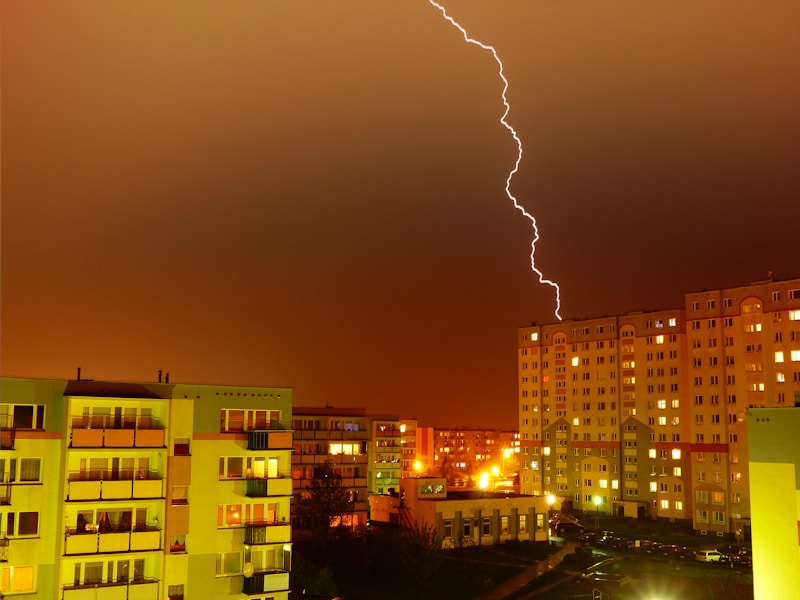Questions and Answers
What is electric current?
The movement of electrons through a wire
Which unit is used to measure electric current?
Amperes (amps)
What is the equation to calculate the amount of charge passing a point in the circuit?
$Q = I \times t$
What are atoms made up of?
Signup and view all the answers
What is the property of a body which experiences a force in an electric field?
Signup and view all the answers
What particles transfer energy through wires as electricity?
Signup and view all the answers
What happens if the circuit is open?
Signup and view all the answers
What creates an open circuit?
Signup and view all the answers
What is needed to cause current to flow through a circuit?
Signup and view all the answers
What provides a route for electricity to flow?
Signup and view all the answers
What consumes the power in a circuit?
Signup and view all the answers
What slows down the flow of charge and changes it into light in the given circuit?
Signup and view all the answers
What is equivalent to 6.25x10^16 electrons?
Signup and view all the answers
What property is needed for a current to flow through a circuit?
Signup and view all the answers
What does a closed circuit mean?
Signup and view all the answers
What element in a circuit provides resistance and changes the flow of charge into light?
Signup and view all the answers
Study Notes
Electric Current and Measurement
- Electric current refers to the flow of electric charge through a conductor.
- The unit for measuring electric current is the Ampere (A).
Charge Flow Calculation
- The amount of charge (Q) passing a point in the circuit can be calculated using the equation: Q = I × t, where I is current in Amperes and t is time in seconds.
Atomic Structure
- Atoms are composed of protons, neutrons, and electrons.
Electric Field Force
- The property of a body that experiences a force in an electric field is called electric charge.
Energy Transfer Particles
- Electrons are the particles that transfer energy through wires as electricity.
Circuit Conditions
- If a circuit is open, current cannot flow, resulting in no electrical energy reaching components.
- An open circuit is created when there is a break or disconnection in the circuit.
Conditions for Current Flow
- To cause current to flow through a circuit, there must be a complete (closed) path along with a voltage source.
Electrical Flow Route
- Wires provide a route for electricity to flow in a circuit.
Power Consumption
- Components such as resistors, light bulbs, and appliances consume power in a circuit.
Charge Flow Regulation
- Resistors slow down the flow of charge and convert electrical energy into light or heat in a circuit.
Electron Quantity and Charge Equivalence
- A charge of 1 Coulomb is equivalent to approximately 6.25 x 10^16 electrons.
Current Flow Requirements
- A complete circuit, which includes a voltage source and connections, is needed for current to flow.
Closed Circuit Definition
- A closed circuit means there are no breaks in the path, allowing current to flow freely.
Resistance in Circuits
- Certain elements, like resistors, provide resistance and alter the flow of charge, often turning it into light energy (e.g., in light bulbs).
Studying That Suits You
Use AI to generate personalized quizzes and flashcards to suit your learning preferences.
Description
This quiz covers the concept of electric current as the flow of electrons through conductors in a complete circuit. It also explores the structure of atoms, including protons, electrons, and neutrons, which make up everything in the physical world.




